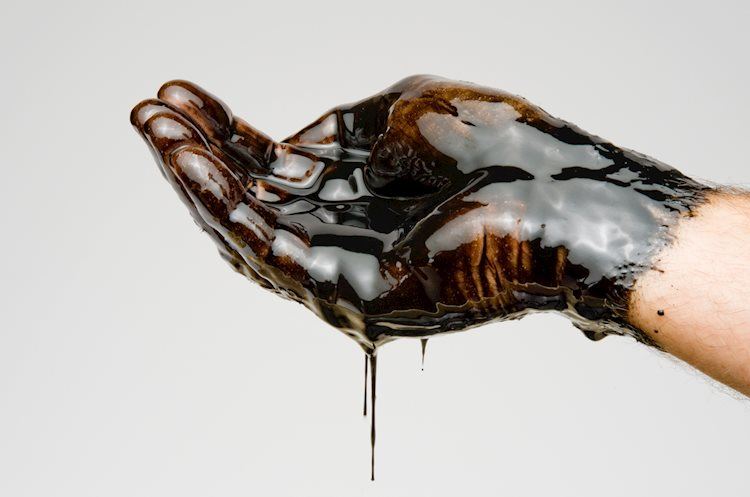- WTI falls to the $74.00 level as lower demand from China, the world’s largest Oil consumer weighs.
- The weakness comes despite a Libyan political faction shutting down all the country’s Oil production.
- OPEC+ is expected to increase production which could bring down the equilibrium rate of WTI.
West Texas Intermediate (WTI), the US Crude Oil benchmark, is trading down by almost one and a half percent to just above $74.00 on Wednesday. WTI is falling as concerns about Chinese demand and risks of a broader economic slowdown offset supply losses from Libya and wider geopolitical risks from the region.
A slowdown in the Chinese economy, the largest importer of Crude Oil in the world, is reducing demand whilst structural changes and the replacement of gasoline-fueled cars with electric vehicles, as well as a general shift towards a greater reliance on green energy, is further taking its toll.
“The big surprise this year on the demand side has been the softness of Chinese demand growth. The slowdown in China demand, which is mostly structural, is an important factor in Oil markets over the next few years. Some of it is a macro story – GDP is rising at a slower pace – the other reasons are more Oil-specific and micro, and include fuel-switching to EVs and from Oil to LNG,” says Daan Struyven, Head of Research at Goldman Sachs.
WTI price declines on Wednesday despite the news from Libya that the Sarir Oil field has almost completely halted output, according to Reuters. The move was orchestrated by the Libyan National Army (LNA) who are protesting about the Libyan government’s sacking of the Governor of the Central Bank of Libya (CBL), Sadiq al-Kabir. The LNA controls the country’s east and south where most of the oil fields lie. The LNA declared on Monday that all production and exports would be halted.
Speculation that OPEC+ will begin raising production in order to bring down the price of Oil so as it make it less profitable for competitors in the form of US shale producers, is further weighing on WTI.
“OPEC has been quite effective in balancing the market and keeping Oil prices in a range,” said Struyven, in an interview with Bloomberg News, however “this is set to change, if OPEC+ increases production.”
The result of such changes in OPEC+’s strategy will be that Oil prices could fall to a lower equilibrium rate where the new floor for prices becomes the equilibrium rate for shale producers. However, the decline is likely to be gradual given countervailing bullish factors, says the Goldman Sachs researcher.
US monetary policy could be a further factor for Oil price. If the US Federal Reserve (Fed) decides to go ahead with cutting interest rates in 20204-5, as now seems highly likely, WTI could gain a back wind because it would lower the opportunity cost of holding Oil vis-a-vis interest-paying assets.
The US Crude inventories declined last week, according to data from the American Petroleum Institute (API). Crude Oil stockpiles in the United States for the week ending August 23 fell by 3.4 million barrels. This compared to an increase in stockpiles of 0.347 million barrels in the previous week. The market consensus estimate had been for stocks to decline by 3.0 million barrels.
On Wednesday, the Energy Information Administration (EIA) will release its figures on US crude inventories. They are expected to show a similar fall, in line with the downtrend witnessed during the summer. Out of the last nine US inventory releases, eight showed declines. This reflects increased demand which is a supportive background factor for Oil.













